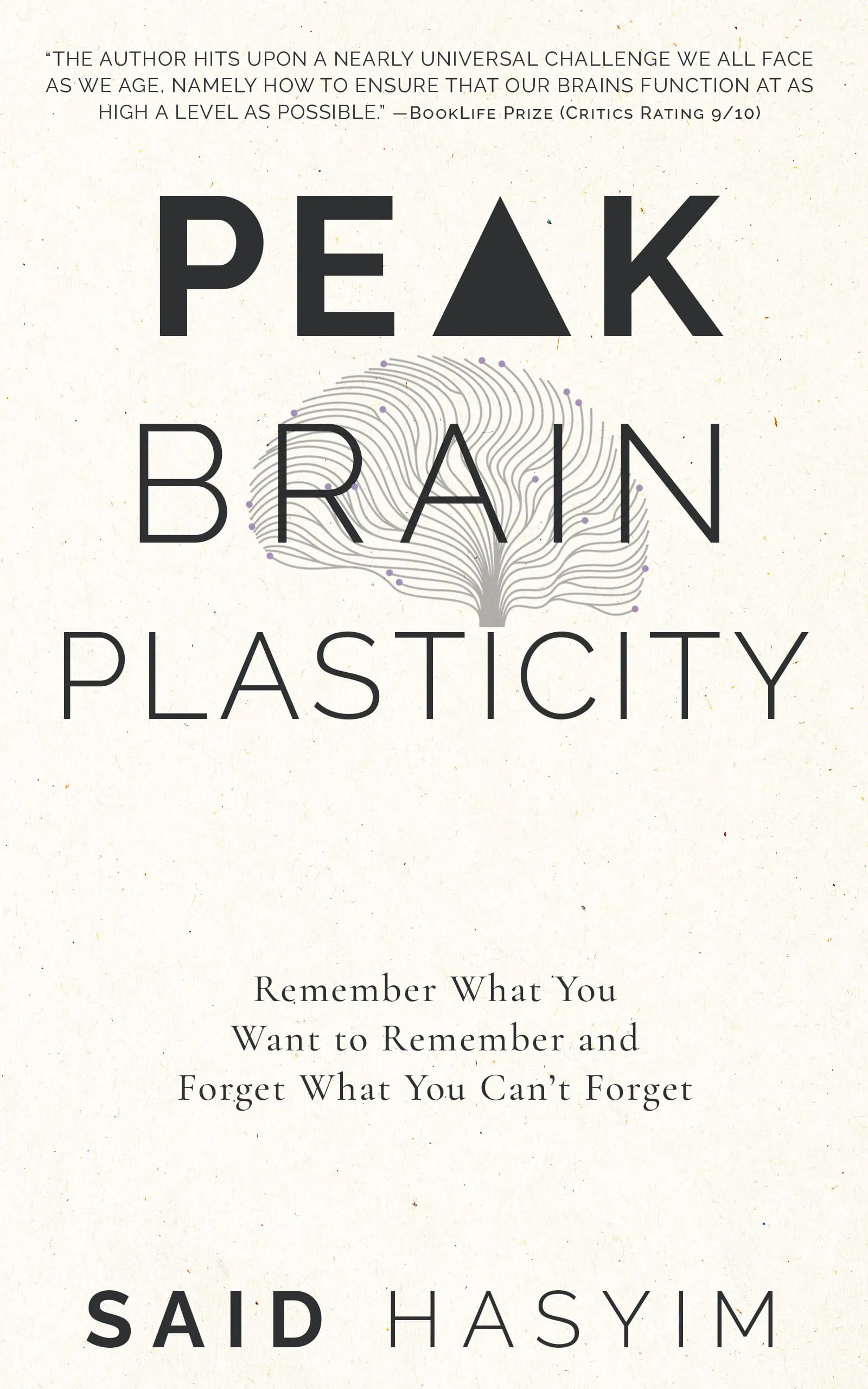Techniques for Visualizing to Enhance Memory
Memory is an integral part of our cognitive functions, allowing us to store and retrieve information, experiences, and skills. However, the challenge of remembering everything we encounter in our daily lives often leads us to seek effective techniques to enhance our memory capacity. One of the most powerful methods to improve memory retention is visualization. This blog post will explore various techniques for visualizing information to enhance memory recall, making your learning more efficient and enjoyable.
The Power of Visualization
Visualization involves creating mental images to represent information. This technique leverages the brain's natural ability to remember visual details better than abstract concepts. By turning information into vivid imagery, we can enhance our capacity for recall, making it easier to retain knowledge over time.
Why Does Visualization Work?
Engagement of Multiple Senses: When we visualize, we often engage multiple senses—sight, sound, and even touch. This multisensory experience strengthens memory connections.
Creating Associations: Visualization allows us to create vivid associations between concepts, making it easier to retrieve related information when needed.
Emotional Connection: Images often evoke emotions, and when we emotionally connect to information, we’re more likely to remember it.
Techniques for Visualizing Information
1. Mind Mapping
Mind mapping is a visual brainstorming technique that organizes information into a hierarchical structure.
How to Do It:
- Start with a central idea and draw a circle around it.
- From that central idea, branch out with subtopics and draw lines or arrows to connect related concepts.
- Use colors, images, and keywords to make the map more visually appealing.
Benefits: Mind maps help organize thoughts and see relationships between concepts, which can enhance comprehension and retention.
2. The Method of Loci (Memory Palace)
The Method of Loci, also known as the Memory Palace technique, involves associating information with specific locations or landmarks.
How to Do It:
- Choose a familiar place, like your home or a route you frequently travel.
- Visualize placing pieces of information at distinct locations within that space.
- To recall the information, walk through the space in your mind, retrieving the information stored at each location.
Benefits: This technique leverages spatial memory, allowing for detailed recall of information associated with particular settings.
3. Chunking
Chunking involves breaking down complex information into smaller, more manageable groups or “chunks.”
How to Do It:
- Identify the information you need to remember.
- Group related items together (e.g., breaking down a long number into segments).
- Visualize each chunk vividly, ensuring each piece is memorable.
Benefits: Chunking reduces cognitive load and makes information easier to digest and recall.
4. Storytelling
Using storytelling to remember information capitalizes on our natural inclination to remember narratives.
How to Do It:
- Transform the information into a story or narrative that has a clear structure—beginning, middle, and end.
- Use colorful characters, events, and emotions to make the story vivid and engaging.
- Relate the story to the information you want to remember.
Benefits: Storytelling makes the information more engaging and helps create a mental ‘film’ that can be easily recalled later.
5. Visual Imagery Techniques
Visual imagery techniques involve creating specific mental images that represent the information one is trying to remember.
How to Do It:
- Identify key concepts or terms you need to memorize.
- Create a strong, vivid image in your mind representing that information.
- Enhance the imagery with colors, exaggeration, or absurdity to make it stand out.
Benefits: Rich, dynamic images are more memorable than plain text or abstract ideas, leading to improved recall.
6. Diagrams and Sketches
Creating diagrams and sketches can serve as visual aids that enhance memory retention.
How to Do It:
- Draw charts, graphs, or illustrations that summarize the information you need to remember.
- Use visuals to break down complex ideas into simpler components.
- Combine labels with images for better association.
Benefits: Visually summarized information helps clarify complex concepts, making them more accessible and memorable.
7. Color Coding
Color coding information can significantly enhance visual memory.
How to Do It:
- Assign different colors to different categories of information.
- Use highlighters, colored pens, or colored paper to represent the various categories.
- When studying, visualize the colors and associate them with specific concepts or pieces of information.
Benefits: Colors can create associations in the mind, enhancing the recall process and making the study material visually stimulating.
8. Infographics and Visual Aids
Infographics and visual aids are excellent tools that blend text and imagery to communicate ideas effectively.
How to Do It:
- Create or use existing infographics that summarize key points visually.
- Focus on combining text, images, and data in an organized manner.
- Use icons, charts, and symbols to represent different ideas concisely.
Benefits: Infographics simplify complex information, enabling easier digestion and retention.
Conclusion
Enhancing memory through visualization techniques can significantly improve our ability to learn and recall information. By engaging multiple senses, creating associations, and appealing to our innate storytelling abilities, we can transform how we approach memory retention. Experiment with the techniques discussed above to find what works best for you, and remember that practice and consistency are key. Incorporating visualization into your learning process can lead to greater success in your academic and professional endeavors. Happy visualizing!
Harness the Power of Neuroplasticity
Discover Peak Brain Plasticity, a practical book to harnessing neuroplasticity. Enhance your memory, learn new languages quickly, and alleviate anxiety with effective study methods. Uncover daily habits that impact cognitive health and explore techniques for accelerated learning and memory retention. Unlock your brain's potential for growth and transformation.
